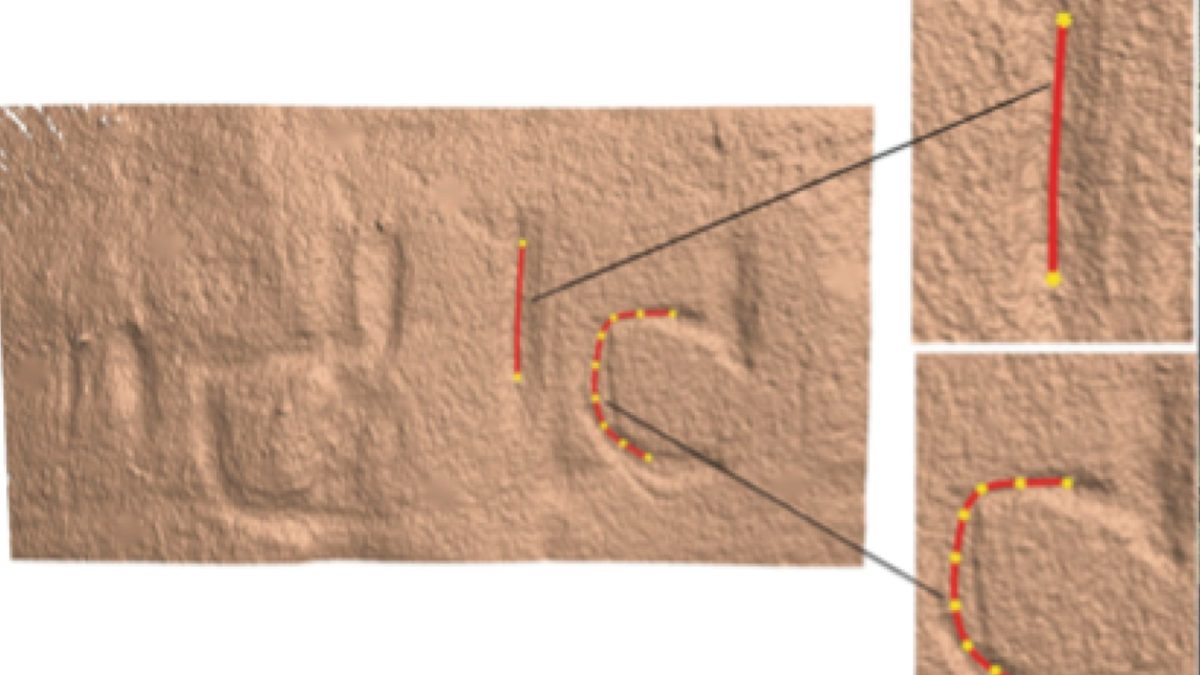Researchers at the Hebrew University of Jerusalem (HU) have developed new 3-D software, called ArchCUT3-D, that they have used to extract and analyze engravings from ancient Israel and that could lead to a better understanding of the engravers’ background and skills.
As reported in the study, published in Nature Humanities and Social Sciences Communications, ArchCUT3-D extracts thin, 3-D slices of man-made engravings using micromorphological incision recognition to closely examine size, shape, and color for precision analysis.
“Our research provides a fresh perspective on ancient rock engravings by delving into the intricacies of their production processes,” says Professor Leore Grosman, Head of the Hebrew University Computational Archaeology Laboratory. “By unlocking the technological secrets behind these engravings, we gain valuable insights into the craftsmanship, artistic expression, and cultural context of our ancestors ─ even the background of each engraver.”
ADVERTISEMENT
In the study, researchers scanned two ancient engravings (Ibex and Chariot), as well as contemporary graffiti (Gigi) from Timna Park (Site 25) in the Arava Desert near Eilat, Israel. The findings show that engravings were created using distinct techniques, stroking and “peeling,” enabling researchers to potentially distinguish an engraver’s level of skill and previous experience.
This newfound knowledge about ancient engraving techniques has the potential to reshape the understanding of human cultures throughout history. The team hopes their findings will lead to further research and inspire interdisciplinary collaborations to unravel the mysteries surrounding these ancient artworks.
The research team also included Lena Dubinsky, a doctoral candidate at the Hebrew University of Jerusalem’s Institute of Archaeology, and Dr. Marcelo David, a researcher and lecturer at the university’s Computational Archaeology Laboratory. The software is available for downloading at https://sourceforge.net/projects/archcut3-d/.









